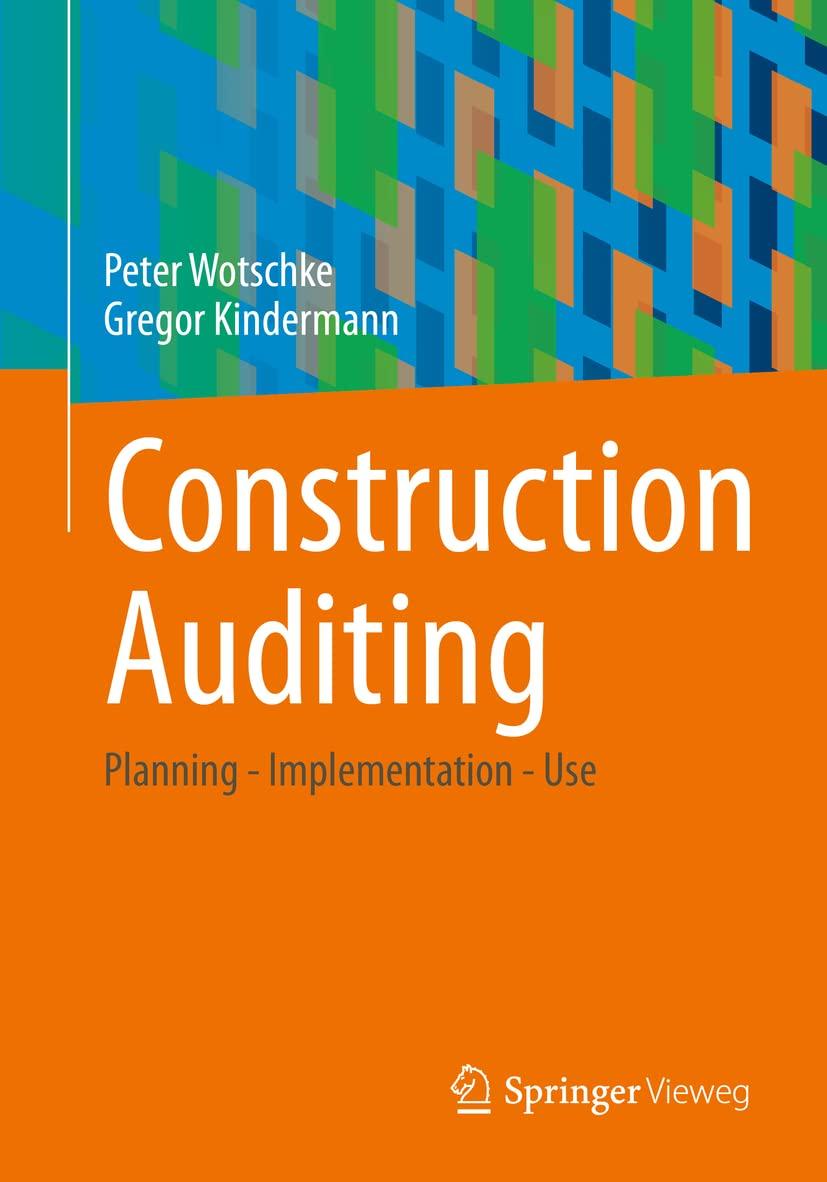Total Market Units Sold Gadget Units Sold 50,000 10,000 Gadget Price ($/Unit) Fixed Cost ($/Period) Variable Cost ($/Unit) Revenue ($) Expense ($) Profit ($) Market Share (%) Cost per Unit ($/Unit) Return on Sales (%) 150.00 100,000.00 100.00 1,500,000.00 1,000,000.00 400,000.00 20.00 110.00 26.67 The questions to be answered are: 1. What price do you recommend? 2. How many units will you produce and sell at that price? 3. What will be your profit at that price? Before deciding on how to improve profits the CEO decided to meet with the head of marketing and the head of operations separately. The CEO decided to use this approach to help ensure frank, one-on-one discussions from separate viewpoints and perspectives. The head of the marketing organization was clear and adamant in wanting to take a new direction. The marketing organization's key measure of success is market share; they believe that they should be able to capture more market share than they are currently commanding, particularly given the higher quality of Gadget relative to its competing products. To test this hypothesis the marketing organization had commissioned a study by a local market research firm. The study found that the Gadget has a price elasticity of -2%; that is, if the price increases by a factor of 1.01 (price is multiplied by 1.01) then the quantity sold will decrease by a factor of 1.02 (quantity is divided by 1.02). Based on this analysis the head of marketing stated that Lucky Corp. could greatly increase their market share by reducing the price of the Gadget. The key exhibit from the market research report is as follows: The key to executing this proposed change, if this was what they decided to do is to lower the price of the TEA Gadget; it was currently priced at $150 and generated sales of 10,000 units per year. As the CEO considered what to do, he couldn't also help but consider the potential consequences of this decision. Making the wrong choice would mean that the CEO and the entire top- management team would likely be replaced. What to do? The CEO decides to think long and hard about this, but needs to make the decision as soon as possible if Lucky Corp. is Jo begin to improve their results quickly enough so that the VVCG might give the CEO and the current top-management team another chance. The CEO decides to get some coffee; it's going to be along night








